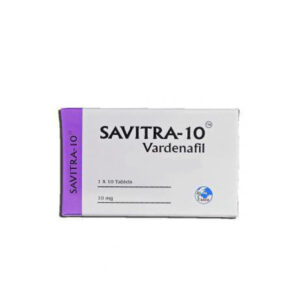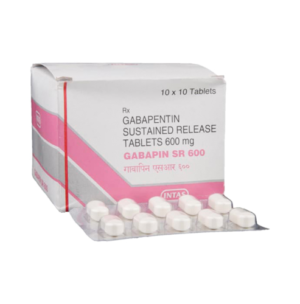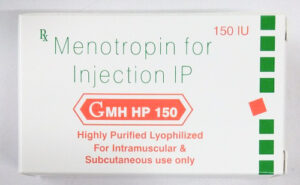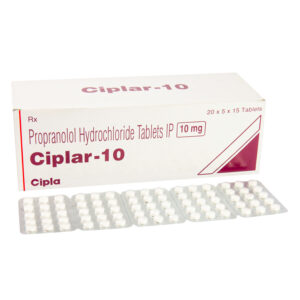Granisetron Information
Pronunciation
gra NI se tron
What is this drug used for?
• It is used to prevent upset stomach and throwing up.
Frequently reported side effects of this drug
• Headache
• Fatigue
• Loss of strength and energy
• Diarrhea
• Trouble sleeping
• Heartburn
Other side effects of this drug: Talk with your doctor right away if you have any of these signs of:
• Severe dizziness
• Passing out
• Shortness of breath
• Chest pain
• Fast heartbeat
• Abnormal heartbeat
• Chills
• Sore throat
• Abdominal swelling
• Abdominal pain
• Severe skin irritation
• Severe injection site pain or irritation
• Injection site infection or persistent bleeding
• Persistent hard or tight skin at injection site
• Severe constipation
• Serotonin syndrome like dizziness, severe headache, agitation, sensing things that seem real but are not, fast heartbeat, abnormal heartbeat, flushing, tremors, sweating a lot, change in balance, severe nausea, or severe diarrhea
• Signs of a significant reaction like wheezing; chest tightness; fever; itching; bad cough; blue skin color; seizures; or swelling of face, lips, tongue, or throat.
Medication Safety Issues
Sound-alike/look-alike issues:
Granisetron may be confused with dolasetron, ondansetron, palonosetron
Product Availability
Granisol oral solution has been discontinued in the US for more than 1 year.
Storage and Stability
IV: Store at 15°C to 30°C (59°F to 86°F). Protect from light. Do not freeze vials. Stable when mixed in NS or D5W for at least 24 hours at room temperature.
Oral: Store tablet or oral solution at 15°C to 30°C (59°F to 86°F). Protect from light.
SubQ (extended-release injection): Store at 2°C to 8°C (36°F to 46°F); do not freeze. May be placed back in refrigerator after being kept at room temperature; may remain at room temperature for a maximum of 7 days. Protect from light.
Transdermal patch: Store at 20°C to 25°C (68°F to 77°F). Keep patch in original packaging until immediately prior to use.
Adverse Reactions
Cardiovascular: Hypertension (oral and IV), prolonged Q-T interval on ECG (>450 milliseconds, not associated with any arrhythmias)
Central nervous system: Agitation (IV), anxiety (oral and IV), central nervous system stimulation (IV), dizziness, drowsiness, headache (more common in oral and IV), insomnia (oral and IV)
Dermatologic: Alopecia, skin rash (IV)
Gastrointestinal: Abdominal pain, constipation (more common in oral and IV), decreased appetite, diarrhea (oral and IV), dysgeusia (IV), dyspepsia, nausea, vomiting
Hematologic & oncologic: Anemia, leukopenia, thrombocytopenia
Hepatic: Increased serum ALT (>2 x ULN), increased serum AST (>2 x ULN)
Neuromuscular & skeletal: Weakness (more common in oral)
Miscellaneous: Fever –







